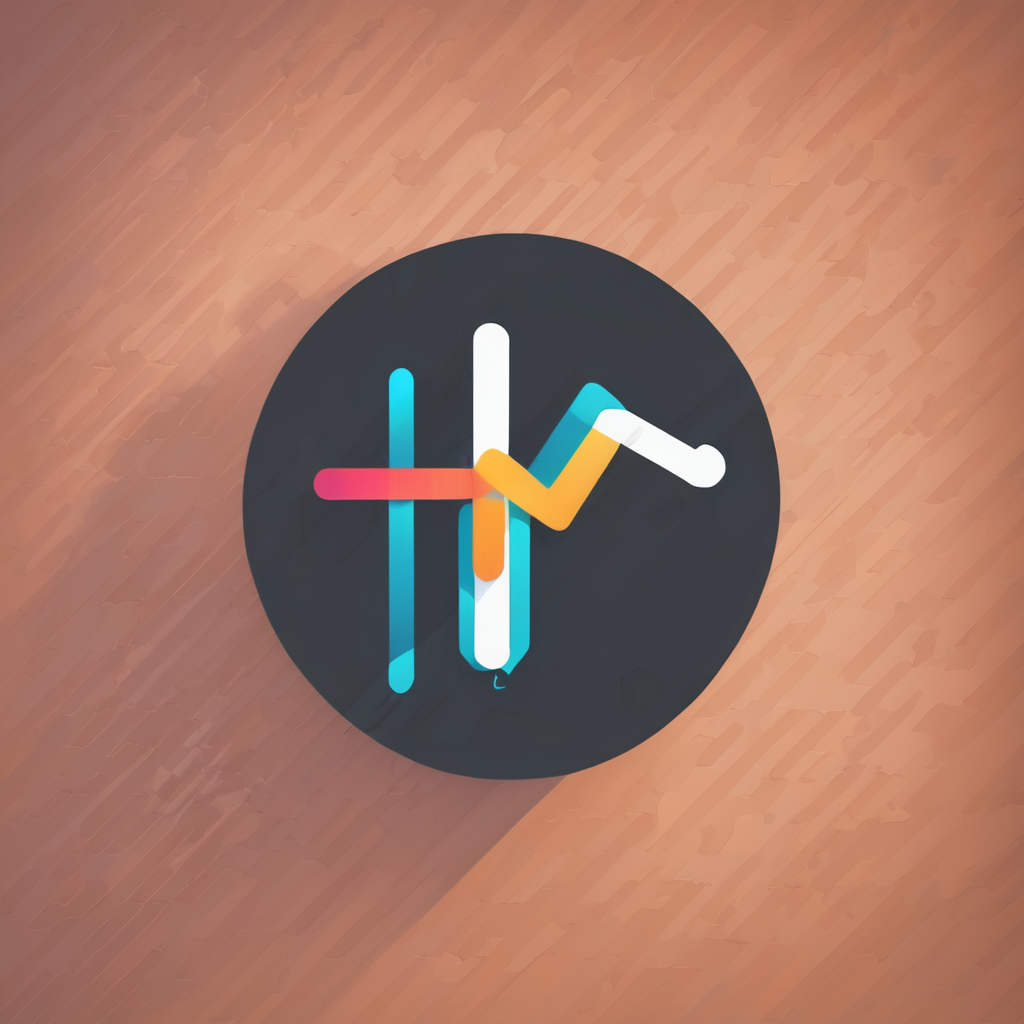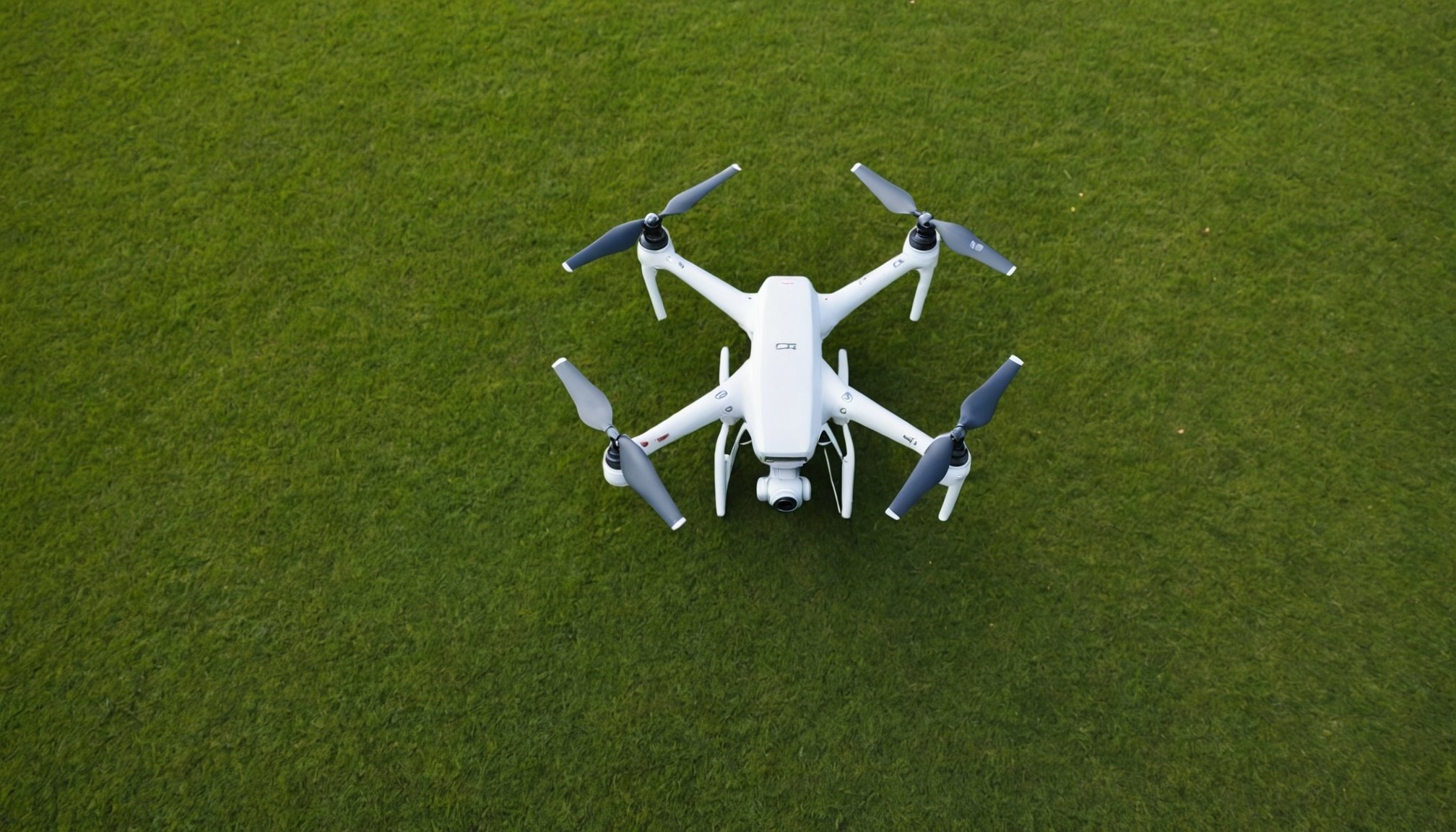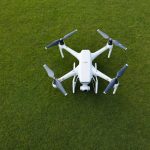Overview of the Drone Photography Business Landscape in the UK
The drone photography market in the UK is witnessing rapid growth and innovation, transforming how various industries view aerial imagery. With advancements in drone technology, UK trends are steering more towards affordable, high-quality imaging solutions that were previously inaccessible. This evolution promotes integration of drone services in real estate, event coverage, and environmental monitoring.
Target audiences for drone photography services are diverse. Real estate agents leverage drones to capture aerial shots, offering clients a comprehensive view of properties. Similarly, event planners and wedding photographers increasingly choose drone photography to produce striking visuals from unique perspectives. Meanwhile, conservationists utilize drones for monitoring wildlife, surveying land changes, and assessing ecological impact.
In the same genre : Essential Health and Safety Guidelines for Indoor Sports Facilities in the UK
Various business opportunities arise from these trends, inviting entrepreneurs and creatives to delve into the drone photography sector. Businesses might cater to niche markets, such as virtual tours or agricultural inspections, to tap into unexplored areas of demand. Moreover, collaborations with tech firms to develop cutting-edge drone software present significant potential for growth and innovation.
Navigating this exciting landscape requires an understanding of market dynamics and client needs, with trends indicating a promising horizon for those eager to capitalize on drone photography’s expanding possibilities in the UK.
Also to discover : How to Establish a UK Ethical Investment Fund: A Step-by-Step Guide
Legal Requirements for Drone Photography in the UK
To use drones effectively and within the law, understanding CAA Regulations is crucial for any drone enthusiast or professional photographer.
Overview of CAA Regulations
The Civil Aviation Authority (CAA) sets out specific guidelines to ensure safe and legal drone operations. Compliance involves understanding airspace restrictions, flight height limits, and privacy laws.
Obtaining a Drone License
For legal compliance, a Drone Licensing process is mandatory. Enthusiasts must apply for a Remote Pilot Certificate through the CAA. This involves completing a theory test and demonstrating competency in operating a drone safely. Additionally, the license categorizes drones by weight and intended use, impacting where and how you can fly.
Insurance and Liability Considerations
Operating drones without addressing insurance and liability can result in severe consequences. It’s imperative to have the right coverage to protect against damage or accidents. Public liability insurance is often a prerequisite to cover potential risks. This protects not only the operator but also individuals and properties affected by drone activities. By aligning your operations with these standards, you secure the benefits of responsible drone use while minimizing potential legal risks.
Essential Equipment for Drone Photography
Embarking on your journey with drone photography requires a blend of the right equipment and creative vision.
Best Drones for Photography
Selecting the best drones for photography depends on your specific needs and budget. For those seeking high-quality imagery, the DJI Mavic 3 and the Autel Evo Lite+ are ideal choices due to their advanced cameras and stabilisation features. If portability is key, the DJI Mini 2 offers ease of transport without sacrificing image quality. Each of these drones brings something unique to the photography scene, from exceptional zoom capabilities to superior low-light performance.
Camera Equipment and Accessories
To capture breathtaking images, pairing your drone with the proper camera settings and accessories is crucial. Invest in ND filters to manage exposure during bright conditions and spare batteries for longer flight sessions. Accessories like a reliable carrying case can protect your gear and ensure it reaches your photography location safely.
Software for Editing and Management
Once your footage is captured, editing software like Adobe Lightroom and DaVinci Resolve can transform raw images into digital masterpieces. Both offer powerful tools for colour correction and image enhancement. For seamless file management, software like Photodirektor provides comprehensive organisation features.
Developing a Business Plan
In charting the course for a successful venture, crafting a thorough business plan is essential. Business Strategy is the linchpin, steering all actions towards a clear, well-defined goal. This includes decisions about product offerings, target markets, and competitive analysis.
Creating Your Business Model
A well-defined business model lies at the heart of any startup’s success. For a drone photography business, this could mean outlining core services such as aerial imaging for real estate or event coverage. Key considerations include identifying service offerings, understanding market needs, and determining pricing structures. The business model acts as a blueprint, guiding operations and ensuring alignment with strategic objectives.
Financial Projections and Budgeting
Financial Planning is critical for maintaining fiscal health. Creating accurate financial projections involves estimating future revenues and expenses based on market research and historical data. Startups should budget for equipment, software, insurance, and marketing efforts. Proper financial oversight helps manage startup costs and ensures sustainable growth.
Identifying Marketing Strategies
A robust Marketing Strategy can significantly amplify business reach and client engagement. Online initiatives, such as SEO and social media campaigns, are vital for digital visibility, while offline strategies might involve networking events or partnerships with local businesses. Understanding and leveraging both realms can attract and retain a diverse client base.
Pricing Models for Drone Photography Services
In the drone photography industry, striking the right pricing strategy is crucial for success. To remain competitive, businesses often focus on setting pricing that’s both attractive to clients and profitable.
Setting Competitive Pricing
When establishing competitive pricing, consider factors such as market demand, scope of the project, and the level of expertise required. It’s essential to analyse local and broader market trends, evaluating what similar services in your area are charging while also accounting for operational costs and uniqueness of your offerings.
Creating Service Packages
Service packages can help accommodate different customer needs and budgets. Bundling services into attractive packages like photo-shoots, post-editing, and expedited delivery can appeal to various clients. Creating customizable packages allows clients to tailor services according to their specific requirements, enhancing customer satisfaction and potentially increasing sales.
Exploring Additional Revenue Streams
Diversifying revenue streams beyond standard drone photography boosts profitability. Consider offering supplementary services such as interactive 360-degree photographic tours or virtual reality experiences. Template creation for real estate or running workshops for aspiring drone photographers can also provide additional income. This diversification not only augments earnings but also solidifies your brand as an all-encompassing drone photography service provider.
Marketing Your Drone Photography Business
Marketing your drone photography business involves leveraging different strategies for effective client acquisition. Understanding marketing techniques can significantly broaden your reach and enhance your visibility.
Utilizing Social Media for Promotion
Social media is an indispensable tool in modern marketing techniques. Platforms like Instagram and Facebook can showcase your aerial imagery to a broad audience. Consistent posting, using appropriate hashtags, and engaging with followers can increase visibility and drive client acquisition. Consider partnering with influencers or creating tutorial content to further expand your reach.
Building a Professional Portfolio
Your portfolio is a visual résumé. It should contain your best drone shots, reflecting diversity and skill. An impressive, easy-to-navigate website acts as a digital storefront, helping potential clients view your work anytime. Regular updates to your portfolio maintain interest and showcase recently executed projects.
Networking and Collaborations
Effective networking is key in any industry. Attend local events, join photography groups, or create partnerships to boost your business. Collaborating with local businesses, for instance, offers mutual benefits and exposure. Building a solid network opens doors to new opportunities and strengthens community ties, aiding in client acquisition and long-term business growth.
Challenges in the Drone Photography Business
Navigating through the drone photography business is like flying through a fluctuating sky, full of Common Challenges and industry obstacles.
Navigating Regulatory Changes
Drones’ rapid evolution brings about frequent regulations. Navigating these changes requires diligent attention to policies. Pilots must constantly update their knowledge to ensure compliance. Keeping abreast with regulatory updates not only minimizes legal risks but also fosters trust among clients.
Competition and Market Saturation
With increasing demand for aerial photography, the market is crowded with companies offering similar services. To stand out amidst this market saturation, businesses must identify unique offerings. This could involve specializing in niche areas, such as real estate or event coverage. By showcasing distinct capabilities, companies can differentiate themselves from competitors.
Technical Challenges and Solutions
Technical difficulties are inevitable in drone operations. Issues like battery life, signal loss, and weather conditions often arise. Proactively addressing these technical challenges is crucial. Investing in robust equipment and conducting regular maintenance helps minimize disruptions. Furthermore, providing high-quality service necessitates educated staff and client communication. By doing so, technicians ensure smooth operations and maintain customer satisfaction with excellent project results.
Understanding the Regulatory Landscape for Drone Photography
Navigating the drone regulations landscape in the UK is crucial for any aspiring drone photography business. The UK’s Civil Aviation Authority (CAA) manages drone laws, which are detailed yet essential. Adhering to these regulations is mandatory to operate a business legally and safely.
In the UK, anyone using drones for commercial purposes must comprehend the legal framework. UK drone laws stipulate that commercial operators require an operational authorisation from the CAA. This entails demonstrating drone flying skills, understanding of airspace, and a grasp of privacy protocols. Passing a theory exam and a practical flight assessment is typically necessary to obtain the Authorisation, granting operational clearance.
Adherence to legal requirements for drone business involves several key compliance measures. For safety, drones must generally fly below 400 feet and within visual line of sight. Privacy is equally crucial. Operators must respect people’s privacy by avoiding flying over residential areas without consent.
Moreover, drone owners should stay informed about no-fly zones and temporary flight restrictions. Regular updates from the CAA are essential to ensure compliance with evolving regulations. Meeting these requirements not only maintains legality but also fosters trust with clients, providing a competitive edge in the growing drone photography industry.
Essential Equipment for Drone Photography
To excel in drone photography, selecting the right drone photography equipment is crucial. The best drones for photography offer exceptional image quality and ease of use. Models such as the DJI Mavic 3 or the Autel EVO II are renowned for their high-resolution cameras and advanced flight capabilities. These drones come equipped with features like stabilization systems and automated flight modes, which are vital for capturing smooth and sharp aerial shots.
Supplement your drone’s capabilities with the right camera gear for a drone business. Start with a professional-grade lens filter kit to control exposure and enhance colors. Filters such as ND and polarizers are indispensable for managing light conditions and achieving desired effects. In addition, always carry spare batteries and high-capacity memory cards to avoid disruptions during shoots.
To refine and enhance your work, software tools and accessories play a significant role. Editing programs like Adobe Lightroom or Capture One allow photographers to fine-tune their images, adjusting elements like contrast and clarity. Consider tools such as a GPS tracker for safety and a monitor hood for outdoor screen visibility. Employing the correct mix of equipment, gear, and software ensures the production of stellar drone photography.
Building a Compelling Portfolio
Creating a drone photography portfolio that stands out requires a mix of strategic planning and creativity. Begin with capturing stunning aerial shots that demonstrate both technical skills and artistic eye. Consider different times of day for shooting; the golden hour offers exceptional lighting that can add depth and warmth to your images. Additionally, experiment with angles and perspectives that highlight unique aspects of landscapes or urban settings.
When it comes to showcasing your work, multiple platforms can enhance visibility. Websites like Behance and Instagram are invaluable for online portfolios, offering easy navigation and extensive reach. Physical portfolios can also be impactful, allowing potential clients to experience the texture and detail of printed work. Whatever the medium, ensure your portfolio is both easy to navigate and aesthetically pleasing.
Variety and style are essential in attracting clients. Include a broad range of shots—panoramic, close-up, night shots—to exhibit versatility. Maintaining a consistent style or theme helps in establishing your unique brand identity. A well-structured portfolio not only demonstrates your capabilities but also communicates your passion and dedication to the craft. Remember, your portfolio is the first impression you leave on potential clients; make it compelling and memorable.
Marketing Your Drone Photography Business
In the highly competitive field of drone photography, developing strong marketing strategies is crucial. Online presence is a significant factor in achieving this. Utilizing effective online marketing tactics such as SEO can drastically improve your visibility. By optimizing content for search engines, you ensure that potential clients can easily find your services when searching for drone photography or related terms.
Alongside SEO, social media plays an instrumental role. Platforms like Instagram, Facebook, and LinkedIn offer visual ways to showcase your work, build connections, and attract clients. Regularly posting engaging content and interacting with followers helps maintain a robust online presence.
Branding is another vital aspect. A strong brand identity should resonate with your target audience, encompassing your unique style and the value you provide. From your business name and logo to the tone of your marketing messages, every element should consistently represent your brand. This builds recognition and trust among clients.
Networking within the photography and drone communities can also enhance marketing efforts. Engaging with other professionals, attending relevant events, and joining forums or groups can lead to valuable partnerships and referrals. These relationships open doors to new opportunities and provide a platform for sharing insights and experiences, further solidifying your brand’s reputation.
Pricing Your Services for Profitability
Drone photography pricing is crucial for business sustainability. It’s essential to consider a range of factors when setting your prices. The primary components include costs such as equipment maintenance, software subscriptions, insurance, and licensing. Accurately calculating these helps in establishing a base price, ensuring you cover all operational expenses and generate profit.
Creating service packages is another strategic method to cater to diverse client needs. Consider offering a basic package for budget-conscious customers, and a premium package with advanced features like enhanced editing options or faster delivery times. This tiered approach can attract a broader clientele, allowing you to upsell additional services.
Understanding market rates is imperative in maintaining competitiveness. Conduct a cost analysis by researching local competitors to gauge what other businesses are charging. This analysis can illuminate trends and highlight areas where you might gain an edge, such as offering unique services or superior quality.
By presenting tailored packages, meeting market expectations, and conducting thorough cost analyses, you position yourself to thrive. In this dynamic landscape, adapting your pricing strategy ensures your drone photography business remains competitive while safeguarding profitability.
Industry Trends and Future Opportunities
The drone industry trends are evolving at a remarkable pace. As technology advances, drone photography is becoming indispensable in numerous sectors. Currently, a significant trend shaping the drone photography business landscape is the integration of artificial intelligence. AI-powered drones offer enhanced image recognition capabilities, automating tasks like mapping, surveillance, and inspections with remarkable precision.
Emerging markets are creating fresh opportunities for drone operators. One potential niche is the future of drone photography in real estate. High-demand areas, such as urban planning and agriculture, are increasingly relying on drones for intricate aerial surveys and data collection. Similarly, the film industry is utilizing drones more frequently for capturing stunning aerial shots previously impossible without costly equipment.
As market demands evolve, so do service offerings. Technological advancements in drone design and software are expanding the array of services drone operators can provide. Drones are now capable of delivering real-time data analysis, essential for industries like construction and environmental monitoring. To remain competitive, operators should stay informed about new technologies and adapt their offerings accordingly to align with these market demands.
By embracing these trends and recognizing emerging sectors, drone businesses can maintain relevance and expand into new, lucrative areas.
Learning from Case Studies and Expert Insights
Exploring drone photography case studies provides invaluable perspectives on thriving within the industry. In the UK, several successful businesses have harnessed innovative strategies to capture the market’s heart. For instance, a company specializing in aerial footage of real estate quickly identified a niche, enabling personalized marketing solutions for properties. This approach improved client satisfaction and business growth.
Understanding real-world experiences uncovers the hurdles drone photographers often face. Common challenges, such as navigating strict regulations and ensuring high-quality footage, have been addressed creatively by industry leaders. Expert interviews shed light on overcoming these obstacles by prioritizing compliance and investing in leading-edge technology. Moreover, networking within professional circles enables access to insights and collaborations, which may mitigate these issues.
Learning opportunities from realistic business scenarios present critical advantages for professionals striving to enhance their expertise. Regularly engaging with community discussions and educational workshops fosters continuous growth. Aspiring professionals can capitalize on these resources to better understand market dynamics and customer expectations.
Therefore, delving into these real-world experiences and expert insights grants a comprehensive understanding of how to navigate and excel within the evolving domain of drone photography.











